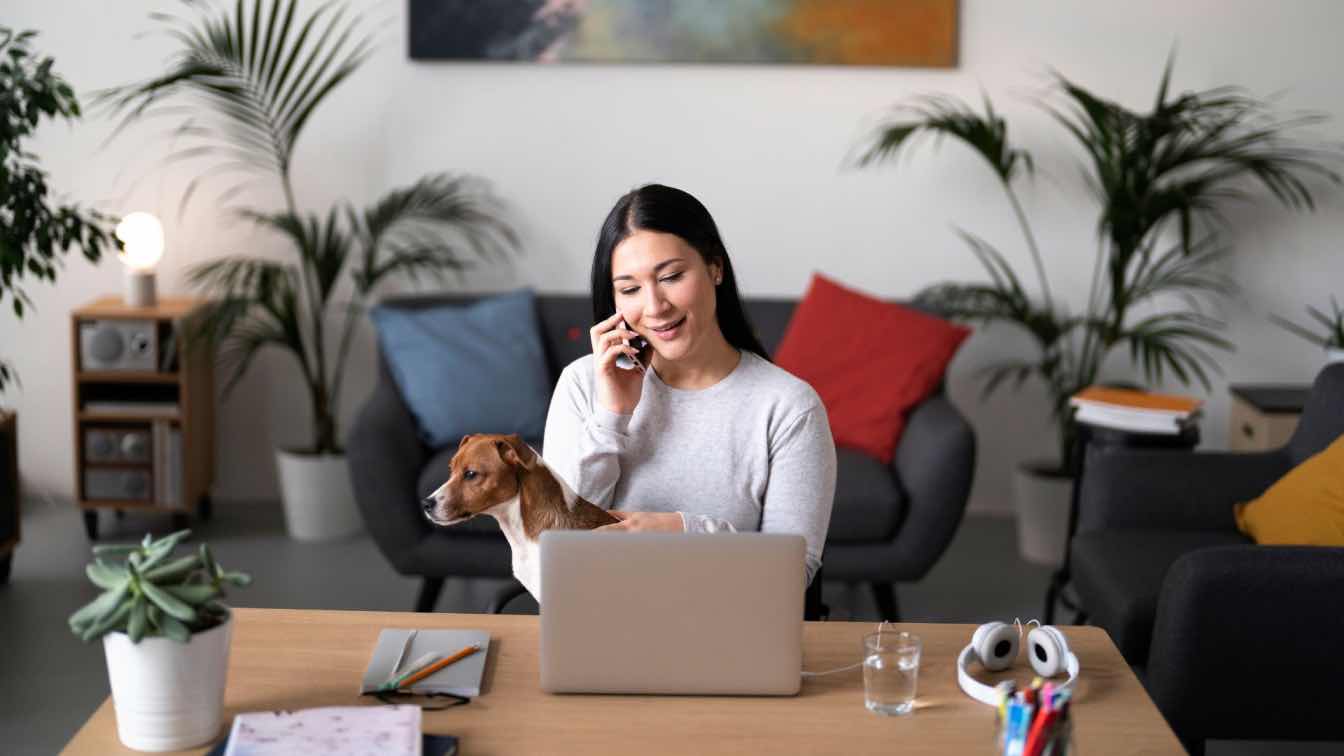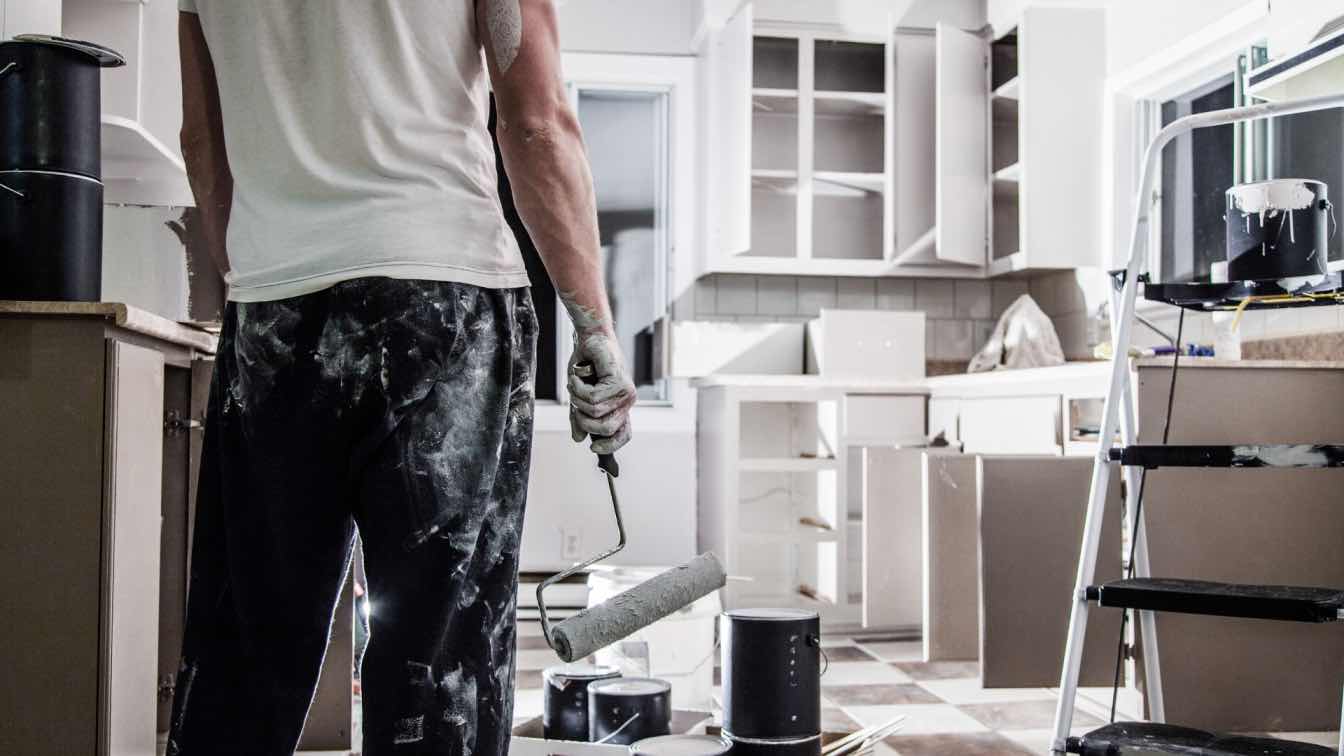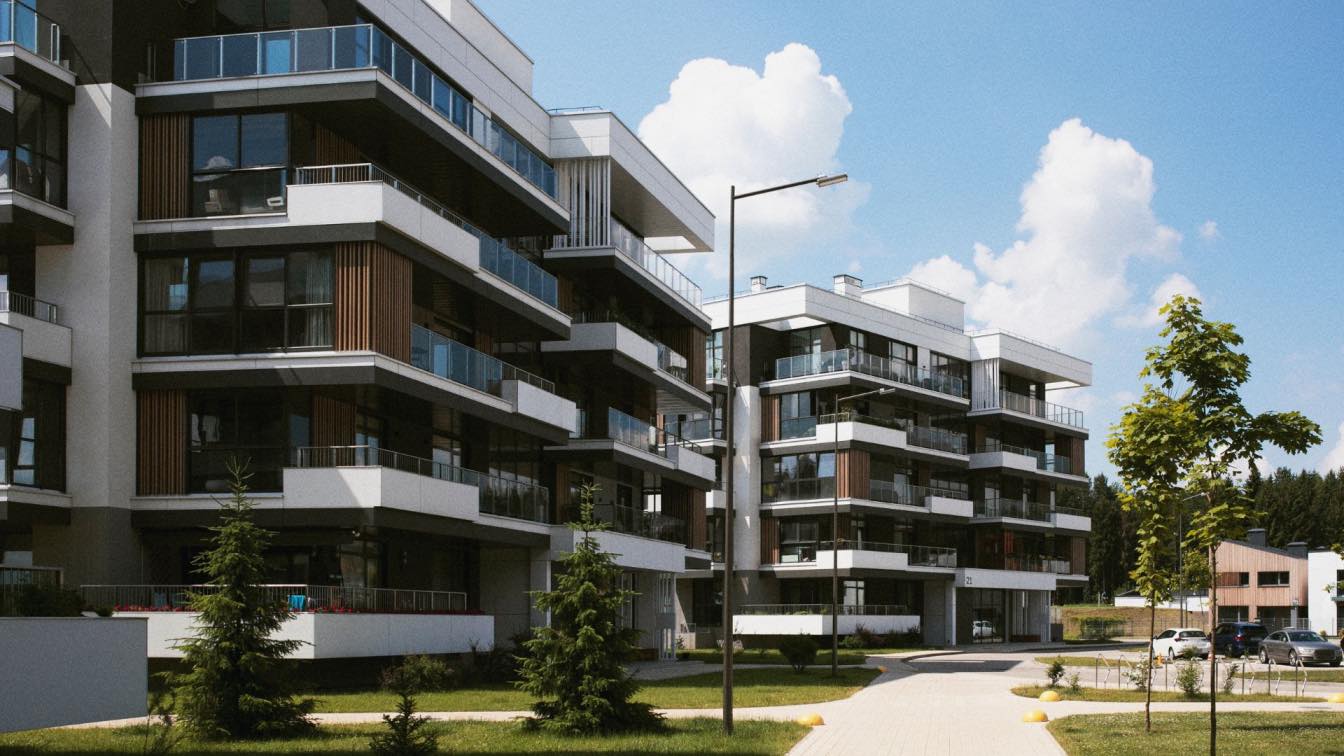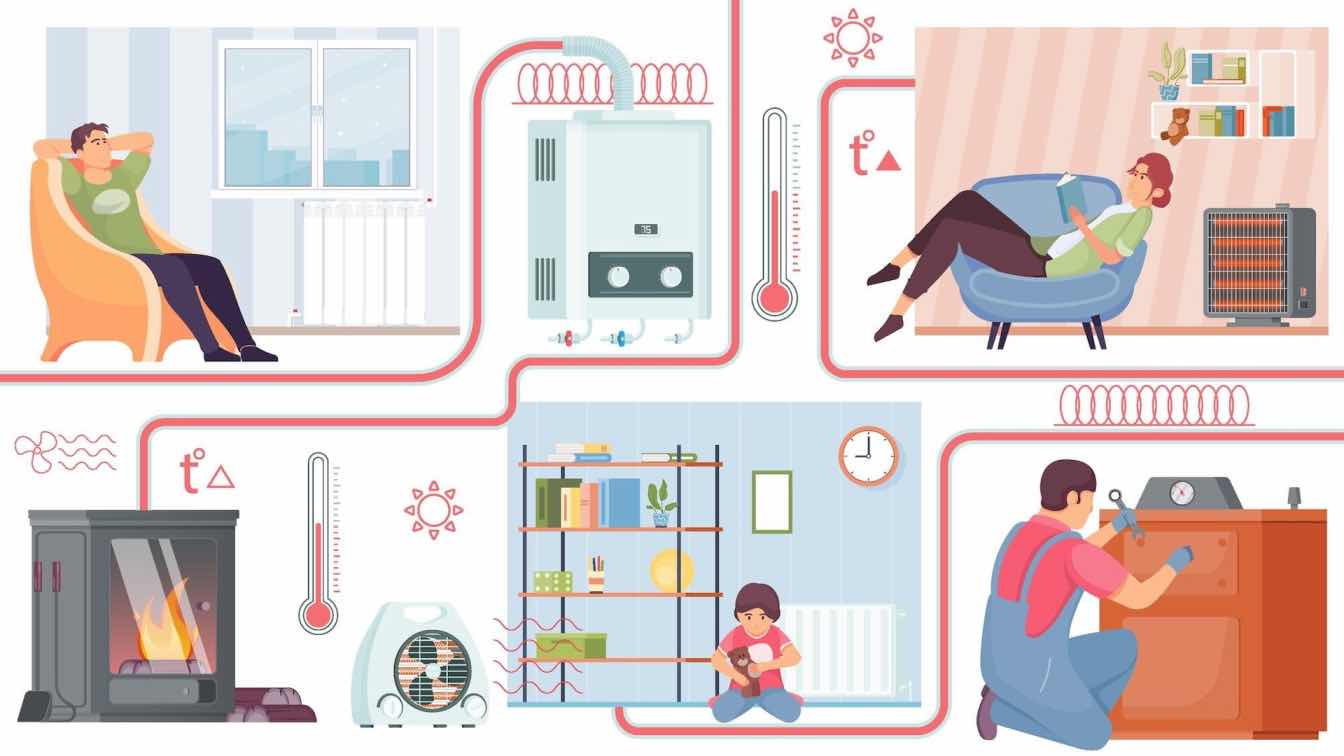Successful remote work relies on personal discipline and on the design and functionality of your home office. As more individuals opt to work from home, the importance of a well-thought-out workspace becomes increasingly evident. Studies show that a well-organized and designed office space can lead to a significant boost in productivity. According to a 2021 survey, 83% of remote workers reported higher satisfaction when their work environment met their needs. Understanding how various design elements contribute to an efficient workspace is vital for anyone making the shift to remote work.
Ergonomics Matter
Creating an ergonomic workspace is crucial for both productivity and health. The right chair and desk can prevent back pain, improve posture, and reduce fatigue. A height-adjustable desk can cater to different preferences, allowing users to alternate between sitting and standing. This flexibility promotes comfort and keeps energy levels high throughout the day. Adjusting your workspace to fit your body can improve focus. A study from the University of Sydney found that a well-designed workspace could increase productivity by up to 18%. Hence, ensuring your home office arrangement prioritizes ergonomics can lead to better long-term results.
Lighting Influences Mood and Output
The type and intensity of lighting you choose for your home office can significantly impact your mood and productivity. Natural light is often touted as the best option because it enhances mood and reduces eye strain. According to research by the Lighting Research Center, simply having natural light in a workspace can lead to a more than 15% increase in productivity. On the other hand, inadequate lighting contributes to feelings of fatigue and can distract from ongoing tasks. Incorporating task lighting for specific projects while maximizing natural sunlight can create a balanced environment conducive to efficient work. When natural light is limited, investing in adjustable LED lamps can help mimic daylight and maintain consistent brightness throughout the day. Consider layering different light sources, ambient, task, and accent lighting, to create a flexible setup that adapts to various needs. By being intentional with your lighting choices, you can foster a comfortable atmosphere that keeps you energized and focused.
Organizational Tools Enhance Efficiency
Maintaining an organized workspace supports a productive mindset. Clutter can lead to feelings of overwhelm and distract from the task at hand. Utilize storage solutions that keep important items within reach while minimizing visual clutter. Organizational tools, like file cabinets, whiteboards, or shelving units, are vital for maintaining a streamlined workspace.
Incorporating digital organization tools, such as project management software, can minimize physical clutter and improve workflow. Studies highlight that workers often feel more focused and energized in a clean, organized environment, which reiterates the importance of effective organization in home office design.
Personalization Drives Engagement
Creating a workspace that reflects your personal style can boost motivation and engagement. Incorporating elements such as art, color, and personal memorabilia can foster a sense of ownership and creativity. A splash of color can invigorate a dull workspace and stimulate creative thoughts. A 2020 survey found that 70% of employees feel more motivated in a workspace that is personalized to their taste. Surrounding yourself with inspiring quotes or images can serve as reminders of your goals and aspirations, thereby promoting a positive work atmosphere. Personal touches can make your home office feel more inviting, which encourages you to spend time there and stay focused on tasks. Even small things like a favorite mug or a cozy throw blanket can make a big difference in comfort and mood. By curating a space that feels uniquely yours, you create an environment that nurtures creativity and drives daily motivation.
Technology Integration Improves Connectivity
In our tech-driven world, having reliable and effective technology at your disposal can greatly enhance productivity. The integration of technology includes ensuring high-speed internet, proper hardware, and software systems that facilitate seamless communication. Whether through video conferencing tools or instant messaging platforms, ensuring you have the right technology infrastructure supports collaboration and prevents technical difficulties that can cause disruptions during work. The ability to troubleshoot common tech issues quickly can save time and prevent frustration, allowing you to focus on high-priority tasks rather than dealing with malfunctions. Spending time on setting up a home office with the appropriate technological tools will pay off in ensuring a smoother workflow. By investing in reliable technology and staying up to date with necessary upgrades, you can maintain strong connectivity and keep your work running smoothly.
Distraction Management Techniques
In a home office, distractions often come from various sources. From family members to social media, maintaining focus can be a challenge. Implementing strategies to manage these distractions can significantly enhance productivity. The first step is to set boundaries. Communicate with family members about work hours and ensure they understand when you should not be disturbed.
Limiting notifications on devices and setting specific blocks of focused work time can help eliminate interruptions. Research indicates that once interrupted, it takes on average 23 minutes to regain focus, demonstrating the importance of minimizing potential distractions effectively.
Sound Management for Serenity and Focus
An often overlooked aspect of home office design is the auditory environment. Noise levels can distract from focus and lead to decreased productivity. If your home office is in a high-traffic area, consider investing in soundproofing methods or white noise machines. Creating a serene sound environment can help you maintain concentration on your tasks.
Incorporating soft background music tailored to boost productivity can enhance your work environment. Studies suggest that listening to music can promote focus and improve mood, making it valuable to your home office design.
Green Elements Boost Well-Being
Incorporating greenery into your home office can elevate both your mood and your productivity. Houseplants add visual appeal and improve air quality, which can help reduce fatigue and enhance focus. Research from the University of Exeter shows that employees working in environments enriched with plants are up to 15% more productive. Simple additions like a potted plant on your desk or a small indoor garden can create a calming atmosphere that counters stress and boosts well-being. Choosing low-maintenance plants like succulents, snake plants, or peace lilies ensures you reap the benefits without requiring excessive care.
Designing a home office that balances comfort, functionality, and inspiration can transform your remote work experience. By paying attention to ergonomics, lighting, organization, personalization, technology, sound, and green elements, you set yourself up for greater productivity and satisfaction, proving that a thoughtful workspace truly fuels real results.





